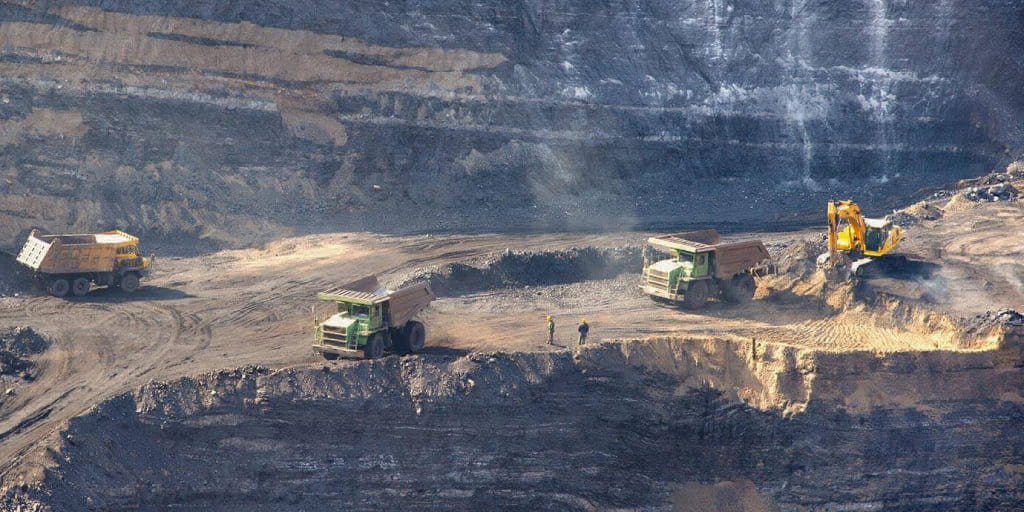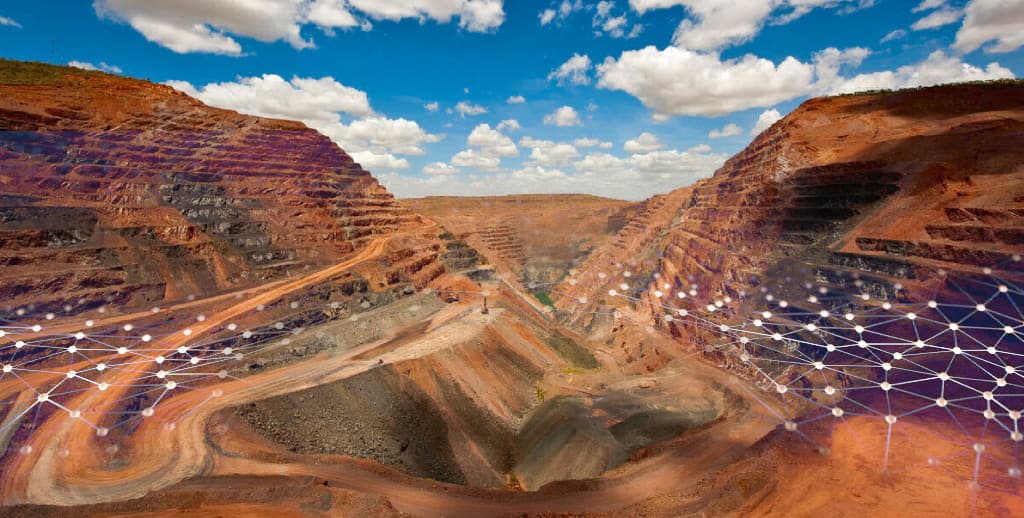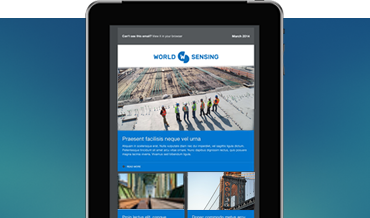Smart Mines: The 6 Benefits of Making Your Mine Digital
Smart mines are on the up, but they are by no means ubiquitous. This is because there remains a number of barriers to the adoption of new technologies within the mining sector. On the one hand, mines are internally competitive and siloed, so that mines run by the same company compete with each other when it comes to safety, productivity and other measures. The internal politics and lack of cooperation within mining companies hinder the implementation of new technologies, which require concerted efforts from all departments in order to facilitate integration and systems innovation. As individual mines are separate and competitive, each and every mine also has to be convinced separately of the need for new technologies.
The mining industry is very traditional, making it risk-averse; this creates a budget barrier to investing in new technologies without a guaranteed return on investment (ROI).
Moreover, mining operators commonly lack trust in cloud services and IoT solutions as they generally have a very protective attitude towards their data. This stems not only from an industry-wide distrust of new technologies but also from negative experiences in the past with large, “reliable” companies, who have, for example, experienced hacking scandals.
These barriers are making many mines increasingly less competitive and more costly, as others who take the plunge begin to reap the benefits of digitization. In this article, we will take a quick look at what these benefits are.
1. Reduce operational costs
Wireless monitoring can be used to create “smart mines” with much lower operational costs than their “analog” predecessors. Smart mines are essentially those whose key assets are digitized through embedded sensors that relay data to a central system via a wireless network. As such, mining operators can save money not only on human labor – as people no longer need to physically carry out manual data readings onsite – but also because there is no need for expensive cabling and in turn, cable maintenance. Mines not only save money by cutting out these unnecessary costs: operators that also use an Operational Intelligence (OI) solution as part of their wireless network are better able to predict incidents and more consistently maintain their sites, saving them a lot of money by avoiding incidents which can entirely halt operations for weeks or months on end. Smart mines thus have higher ROI and are more competitive than traditional mines.
2. More easily automate operations
Smart mines with technologies already integrated can more easily automate their operations than those who lag behind on technological adoption. Mining operators can build on their existing wireless network of embedded sensors, for example, through installing automation software that allows them not only to remotely control both static and moving assets, but actually to programme automated interaction between them both. Automated trucks are one great example of this, relying on both the physical network of sensors and the remotely programmed and controlled software to autonomously carry out mining operations that previously needed a fleet of truck drivers. Digitizing a mine in one way – for instance installing a wireless network of sensors to carry out remote readings – can thus facilitate further digitization, like the automatization of key mining processes.
3. Keep the workforce safe
Workforce safety is a major issue for mines, which are often very dangerous places to work for humans. When dams break, for instance, both workers and those living around mines can be harmed or even lose their lives. Workers who carry out manual readings in remote, hard-to-access areas are at particular risk of harm. Automating mobile assets, such as trucks, in mines, and enabling wireless, remote readings removes the need for humans to actually be onsite, massively increasing workforce safety. Predictive analysis and insights, enabled through OI solutions, also allow mining operators to better foresee and prevent any dangerous incidents, such as dams breaking, from occurring. Workforce-tracking, enabled through wireless-connected wearable devices, also helps operators to coordinate their workers more effectively and, for example, warn them not to go to certain areas of the site if there has been an incident. Smart mines thus hugely reduce the possibilities for human harm in mining processes in the long-term, diminishing the rate of mining incidents through using new technologies as a primary predictive-maintenance tool.

4. Monitor operational assets
As mentioned above, wireless monitoring and predictive maintenance, enabled through OI solutions, allow mining operators to remotely and constantly monitor operational assets, like dams, to make sure they are not damaged. Real-time, digital data capturing is gradually replacing costly manual readings of critical operational data such as pore water pressure, the level of which can have a huge effect on assets in a very short space of time. If pore water pressure suddenly spikes, a dam can break very quickly. With manual readings, pore water pressure can only be measured now and again, meaning that a spike could go undetected for too long, putting undue pressure on critical assets such as dams. With real-time digital readings, however, operators can continuously monitor pore water pressure levels, giving them new capacities to implement measures to lower these levels, and in turn protect their key assets and consequently their workers from imminent harm.
5. Ensure long-term maintenance of critical assets
Many components of smart mines, such as wireless embedded sensors and GPS trackers, are both easy to install and easy to maintain. Recording units for wireless monitoring of mines, for example, are generally classified as “ultra-low-power”, meaning that their batteries are equivalent to a single car battery (65Ah@12V) but can provide enough power for over 50 days of continuous operation. The long battery life of smart mining systems means that they rarely have to be attended to. These digital mining components, notably geophysical sensors, are also designed to withstand the often extreme physical working conditions of mines: they need to be able to deal with severe environmental surroundings, varying pit geometries, and satellite configurations, without being damaged or degraded. This makes them both long-lasting and hardy, saving mining operators both time and money on technology systems maintenance.
6. Ensure data security
Mining companies are generally very protective of their data; they need to be in control of this information in case of an incident or accident. Digitization of their mining processes poses risks in terms of hackers getting into the system and controlling the mine’s operations. Reliable, experienced, smart mining companies generally ensure, however, that a mine’s data is well-protected and secured. One common way of protecting data is through employing on-premise data acquisition systems, which help to avoid a breach because their wireless network of geophysical sensors is concentrated in an area on the site being monitored. Rather than having data “floating” around in a cloud that is located on the internet, these systems aggregate and process their data in servers onsite/near to the site, which are only connected to the network. This means both that hackers cannot reach the network and that the crucial data that operators need to monitor incidents remains within close reach.

